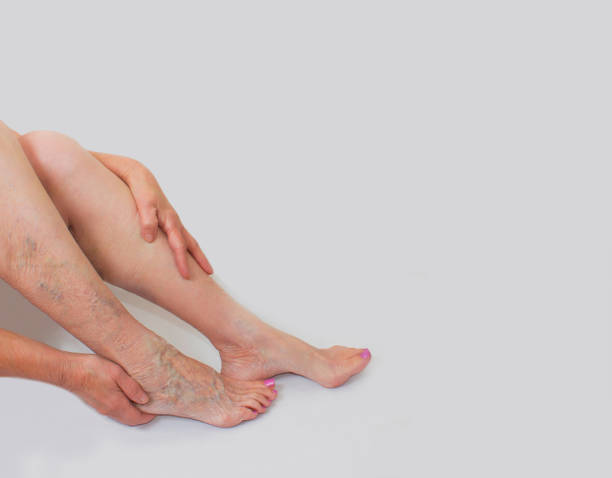Varicose Veins Regrow After Stripping
Living with varicose veins can be uncomfortable, frustrating, and oftentimes very painful. With all of the advancements in medical techniques and procedures, there is little to no reason that anyone should have to live with the aches, the tenderness, the swelling, the burning and itching sensations, and other visible symptoms, like discoloration and bulging, that are associated with varicose veins.
 Diagnosing and Treating Varicose Veins
Diagnosing and Treating Varicose Veins
Dr. Susan Fox and her team at Fox Vein & Laser Experts have been successfully diagnosing and treating varicose veins for decades, performing minimally invasive procedures so that patients need not worry about major surgery with lots of pre-surgery prep and post-surgery downtime. We see high success rates with procedures like sclerotherapy, ambulatory phlebectomy, and endovenous laser ablation. In fact, endovenous laser ablation has about a 98-100% success rate for the removal of large varicose veins. This particular type of varicose vein removal treatment is a simpler treatment than vein stripping, and it has a much shorter recovery time.
Endovenous Laser Ablation vs Vein Stripping
For patients who do not want to go through surgery, endovenous laser ablation (EVLA) is a great alternative because there is no need for general anesthesia. It is highly regarded as a less invasive, safer, and more effective avenue for removing varicose veins than another well known vein removal method known as vein stripping. Unlike EVLA, vein stripping is a surgical procedure. It involves the vein actually being pulled out of the patient’s skin, and the veins are then tied closed. This incredibly painful procedure undoubtedly requires anesthesia so patients feel comfortable throughout the surgery.
With EVLA, a very thin fiber is inserted into the vein through a tiny incision made in the skin. This incision is so small that you can barely see it, and there is no need for sutures. The fiber is set in place on the affected vein, and a laser is used to heat and cauterize that vein, causing it to shut. Blood is then rerouted to healthy veins, and the treated vein is naturally absorbed by the body before eventually fading away. It’s a quick and painless process, taking no longer than 30 minutes per leg. Vein stripping, on the other hand, can take as long as 60 to 90 minutes.
How to Choose between EVLA and Vein Stripping
When weighing the decision between EVLA and vein stripping, many patients want to know if it’s possible for varicose veins to regrow after stripping. The short answer is that yes, recurrent veins can occur after stripping. The main reason for this is simply because vein stripping is not the correct vein treatment that should have been performed. Stripping doesn’t always work because of the body’s natural response to want to grow back all of the connective tissue (which includes veins) following the surgery. The veins can grow back without any valves, which will disable them from functioning properly. Then you are right back where you started, with damaged veins.
 EVLA has such a high success rate, with almost no recovery time as opposed to vein stripping, which could result in as much as 4 weeks downtime. Coupled with Dr. Fox’s post-treatment advice, patients’ success rate can be even higher. She always highly recommends that her patients wear compression stockings for about 2 to 3 weeks following any vein treatment, avoid any heavy lifting during the healing process, and develop a walking routine to keep blood flow and circulation going strong.
EVLA has such a high success rate, with almost no recovery time as opposed to vein stripping, which could result in as much as 4 weeks downtime. Coupled with Dr. Fox’s post-treatment advice, patients’ success rate can be even higher. She always highly recommends that her patients wear compression stockings for about 2 to 3 weeks following any vein treatment, avoid any heavy lifting during the healing process, and develop a walking routine to keep blood flow and circulation going strong.
Contact us at Fox Vein & Laser Experts
If you are interested in learning more about endovenous laser ablation and how it can help you get rid of your unwanted varicose veins, call our office at 954-627-1045 to schedule a consultation with our vein experts team.

